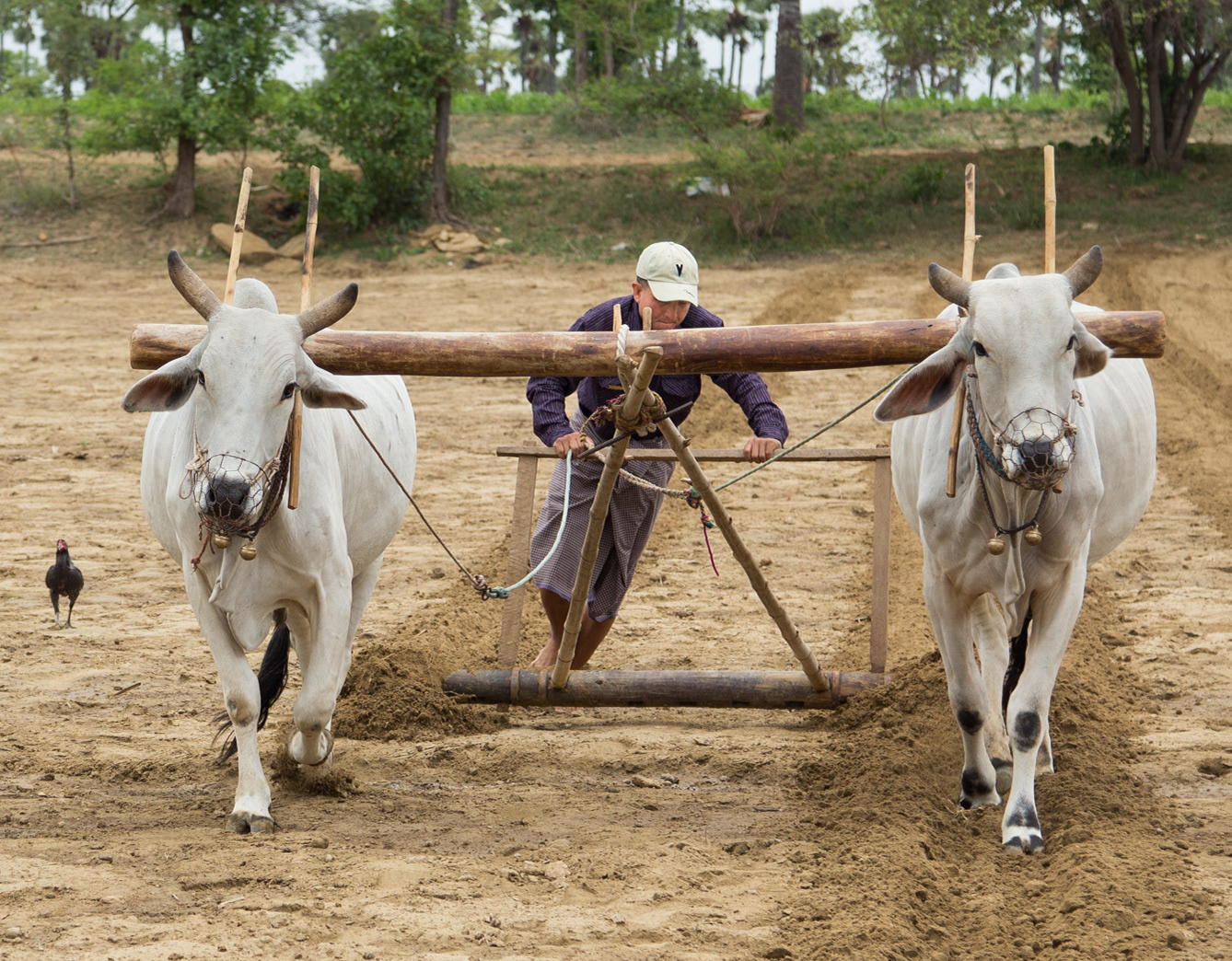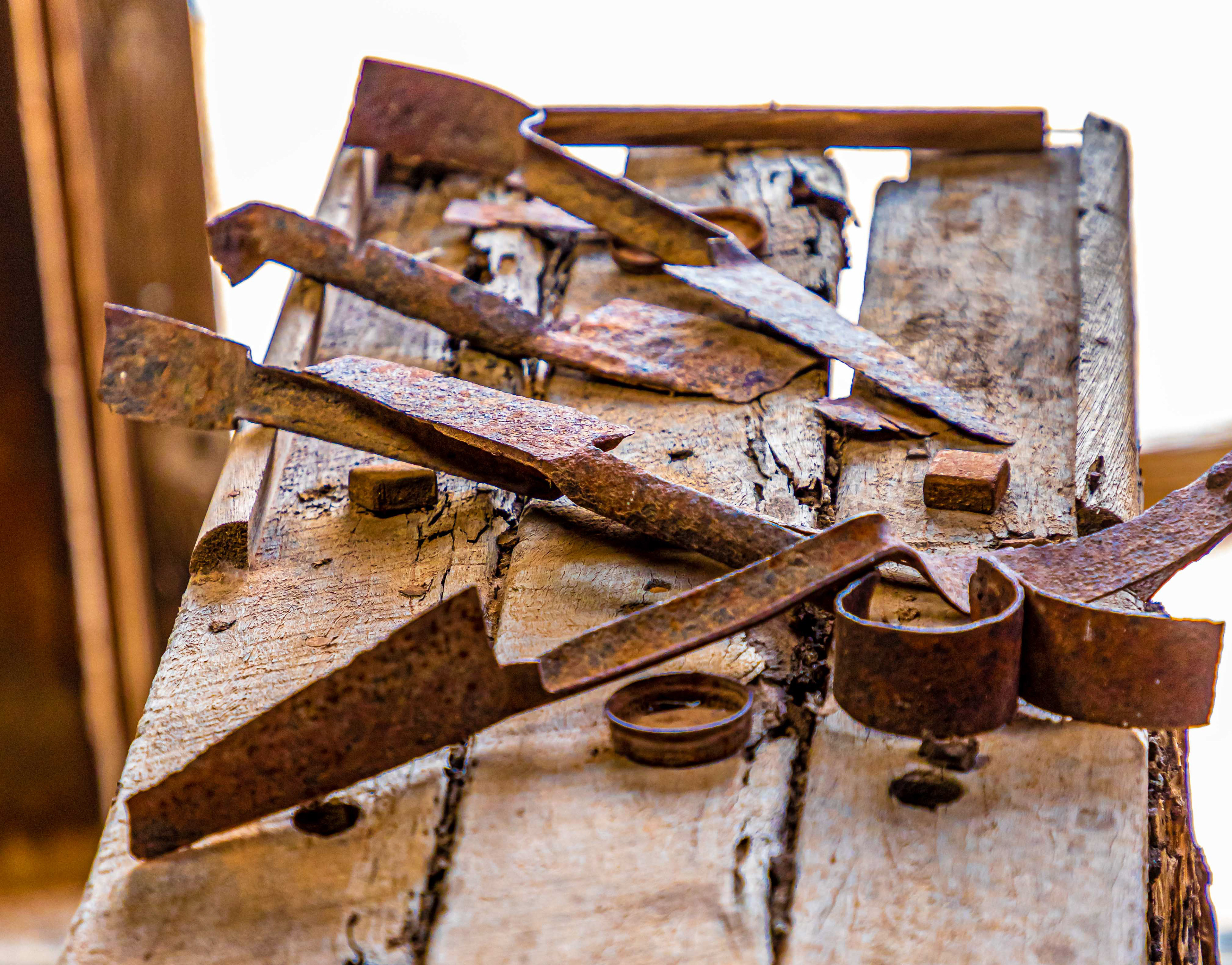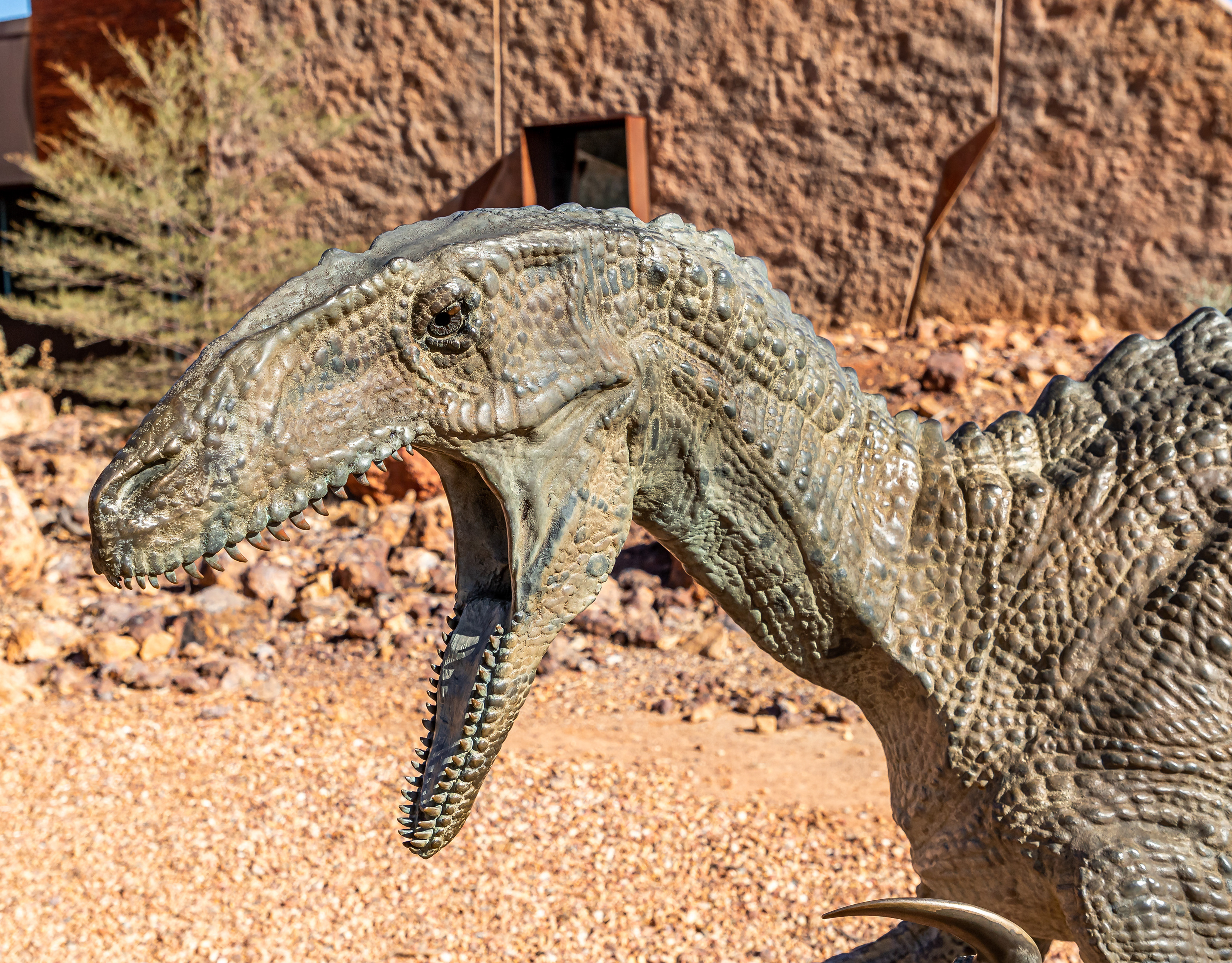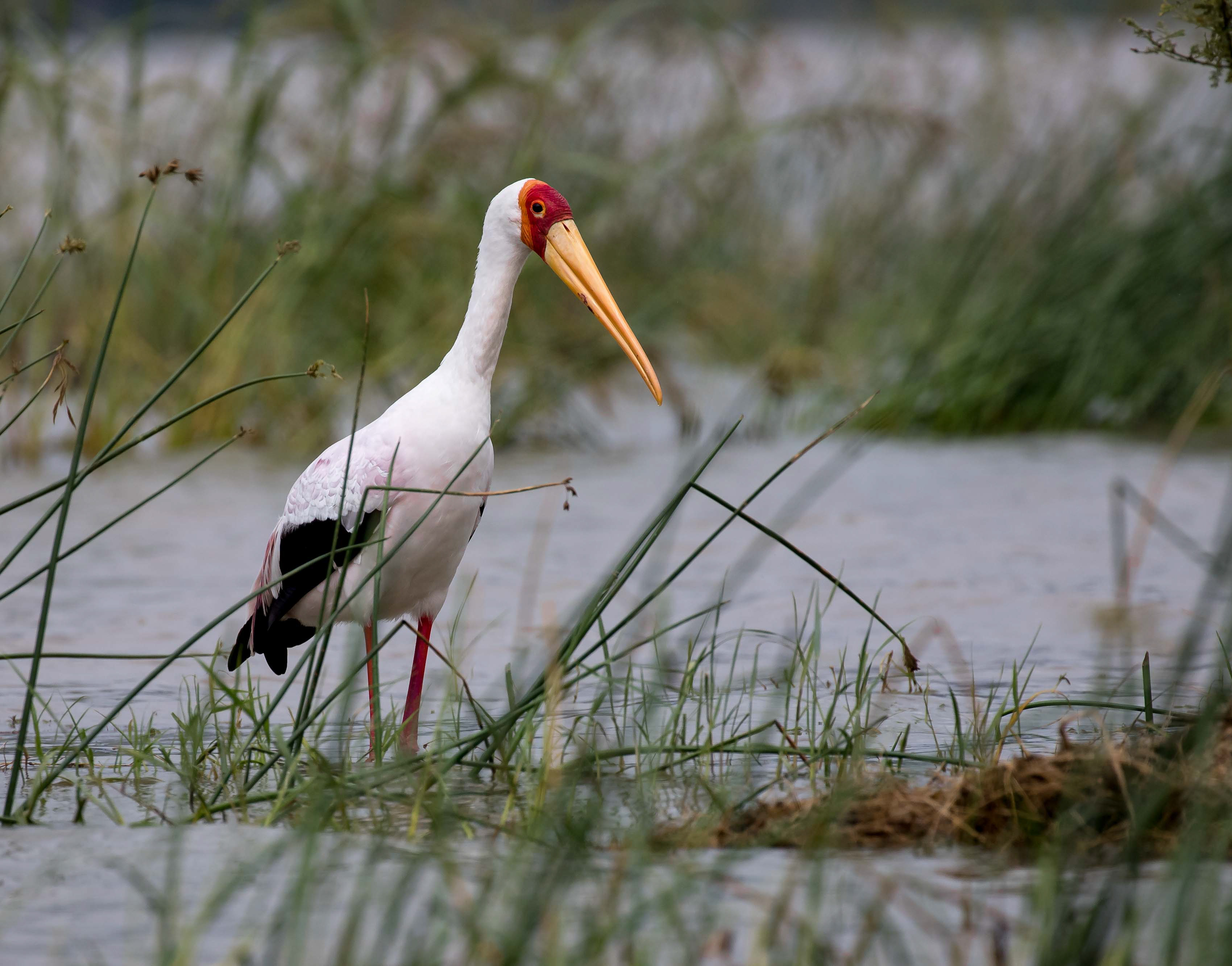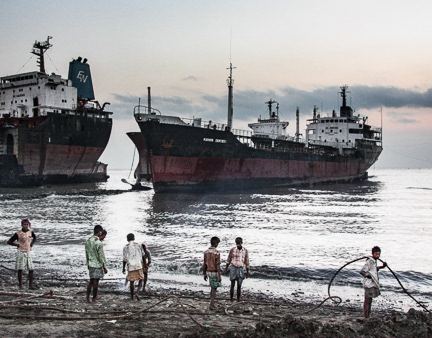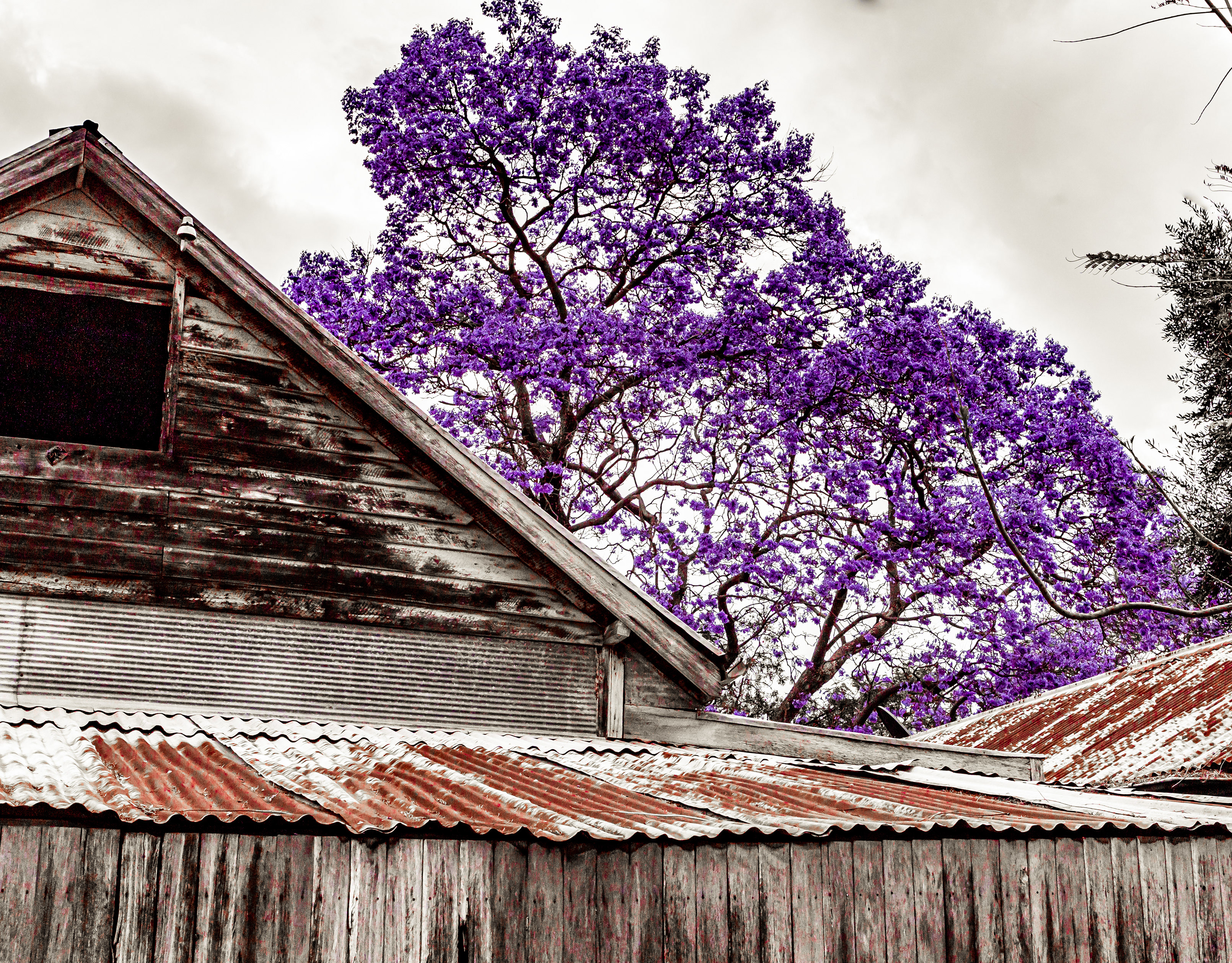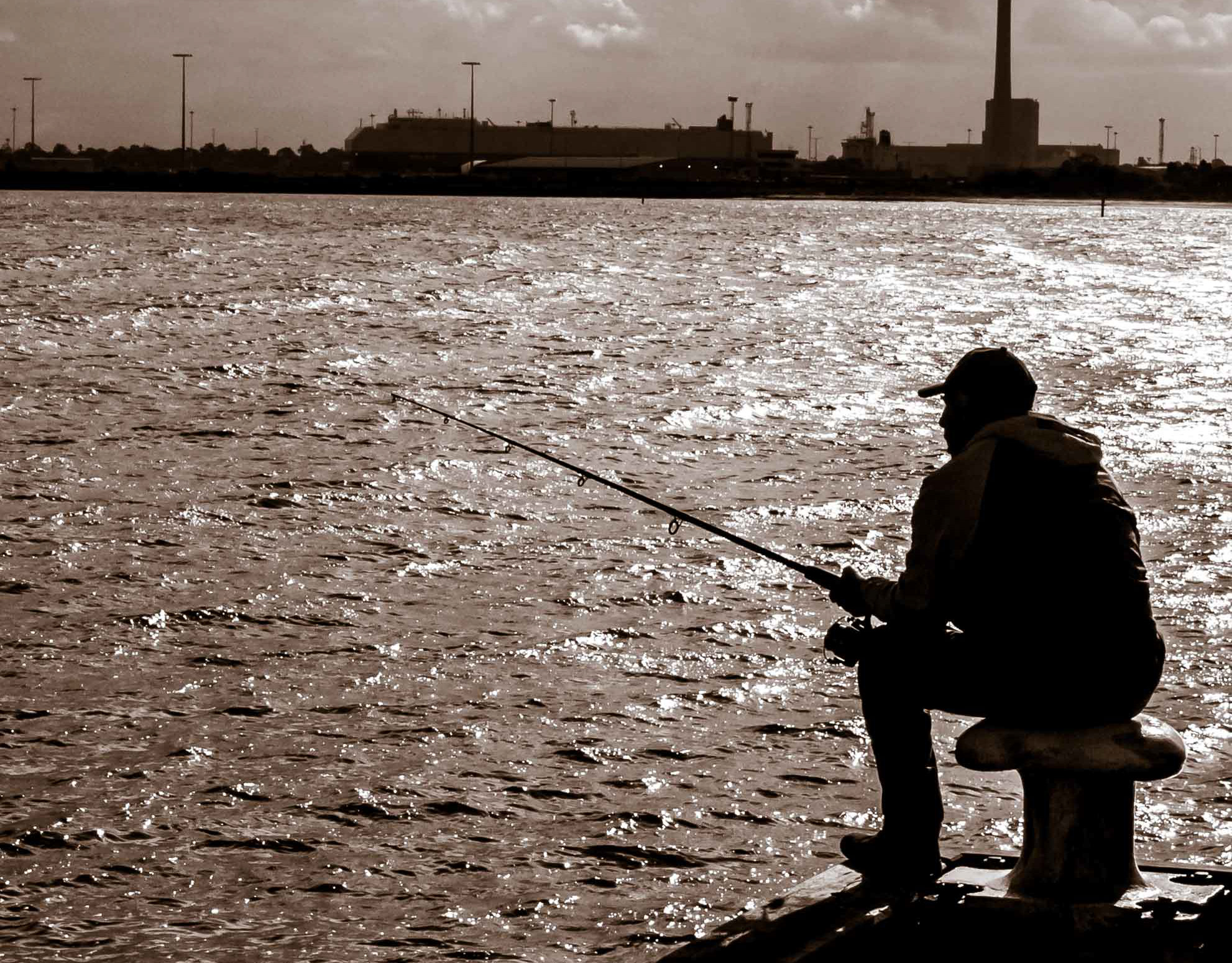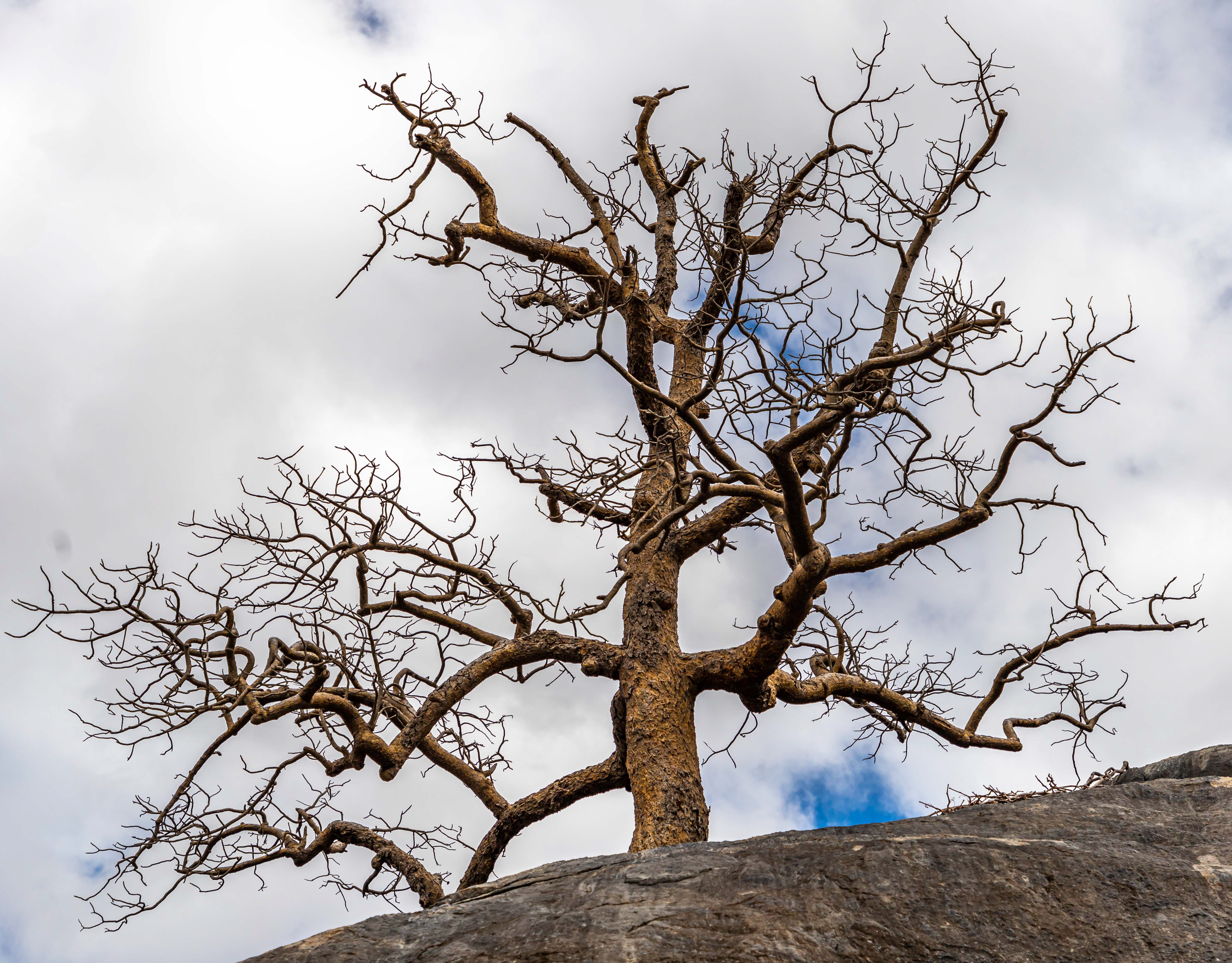Entrance road to Darribee farm
The dairy
The dairy and cattle yards
Cattle yards
Cattle yards
Cattle yards leading into the dairy
Rack and ruin, what is left of an 8 stand dairy
Cattle bail
Cattle feeding container
The daity machinery and milk and cream processing area
Dairy electrical board
Cropping areas adjacent to the dairy
Dairy shutters
Machinery shed built in 1956
Machinery shed ruin
The farm workshop
The Darribee house yard. The farm house was moved year's ago.
Nothing left but memories of a school that 4 family members attended over a period of 12 years
